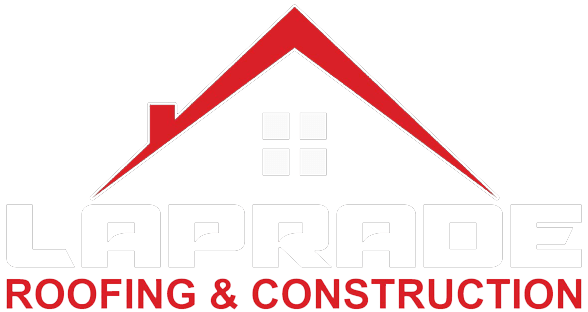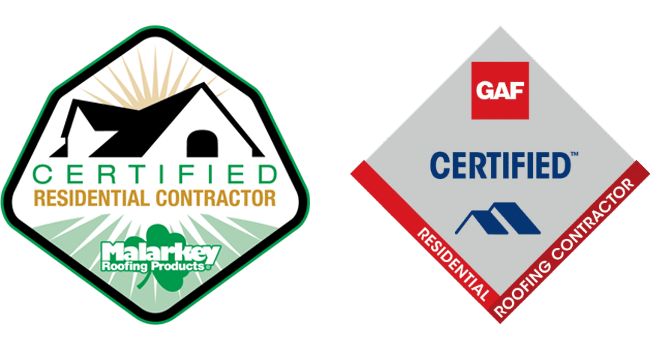EPDM and TPO Roofing Systems
When it comes to commercial flat roofing solutions, EPDM (Ethylene Propylene Diene Monomer) and TPO (Thermoplastic Polyolefin) stand out as two of the most reliable and cost-effective options available today. Our roofing company specializes in both systems, helping property owners throughout Spearfish, SD, and the surrounding areas make informed decisions based on their specific needs, budget constraints, and long-term building goals. Each membrane offers distinct advantages, and understanding these differences ensures you select the right solution for your commercial property.
EPDM roofing, often called rubber roofing, has been protecting commercial buildings for over 60 years. This synthetic rubber membrane delivers exceptional durability and weather resistance, making it particularly suitable for buildings that experience extreme temperature fluctuations. TPO roofing, on the other hand, represents newer technology that combines the weather resistance of EPDM with enhanced energy efficiency through its highly reflective white surface. We ensure our customers are supported through the whole roofing process and provided with transparent communication through all steps, helping you understand exactly which system aligns with your building’s requirements.
Technical Specifications and Installation Methods
EPDM membranes typically come in thicknesses ranging from 45 to 90 mils, with the 60-mil option being most common for commercial applications. The material’s molecular structure provides remarkable flexibility, allowing it to expand and contract with temperature changes without cracking or splitting. During installation, we employ either fully adhered, mechanically attached, or ballasted systems depending on your building’s structure and local wind uplift requirements. The fully adhered method uses specially formulated adhesives to bond the membrane directly to the insulation or substrate, creating a monolithic surface that resists wind uplift exceptionally well.
TPO membranes generally range from 45 to 80 mils in thickness and feature hot-air welded seams that create watertight bonds stronger than the membrane itself. The roofing installation process involves rolling out the membrane sheets, overlapping edges by approximately six inches, and using specialized hot-air welding equipment to fuse the seams together. This heat-welding process creates a chemical bond at the molecular level, resulting in seam strength that often exceeds 350 pounds per inch. Our crew has lived in the area for over 15 years, so we stand by our workmanship and will make things right if needed, especially when it comes to these critical seam details that determine long-term performance.
Energy Efficiency and Environmental Impact
TPO roofing systems excel in energy efficiency, with white TPO membranes reflecting up to 87% of the sun’s rays. This high reflectivity can reduce cooling costs by 30% or more during summer months, making TPO an excellent choice for buildings with significant air conditioning loads. The Energy Star program recognizes white TPO as meeting their stringent cool roof requirements, which can also qualify building owners for various tax incentives and utility rebates.
While traditional black EPDM absorbs more heat, modern white EPDM options provide similar reflective properties to TPO. Additionally, EPDM’s manufacturing process requires less energy than TPO production, and the material itself contains no chlorine or other halogenated compounds. Both roofing systems contribute to sustainable building practices through their long service lives, with properly installed systems lasting 25-30 years or more, reducing the frequency of roof replacements and associated environmental impacts.
Cost Analysis and Long-Term Value
Initial material costs for EPDM typically run 10-20% less than TPO, making it an attractive option for budget-conscious property owners. However, total installed costs depend on various factors including:
- Roof accessibility and height – Multi-story buildings require additional safety equipment and labor
- Existing roof condition – Tear-off requirements versus recover options affect project costs
- Insulation upgrades – Meeting current energy codes may require additional insulation layers
- Penetrations and details – HVAC units, vents, and other rooftop equipment increase labor requirements
- Warranty selections – Extended warranties and maintenance programs impact overall investment
When evaluating long-term value, consider that TPO’s energy savings can offset its higher initial cost within 5-7 years in many climate zones. We are also backed up by GAF being a certified contractor so we will have the backing and resources from the largest shingle manufacturer in the United States, ensuring access to premium materials and comprehensive warranty options. “Satisfaction. Every Shingle Time.” isn’t just our motto for residential work—we bring that same attention to detail to every square foot of commercial roofing we install, whether it’s EPDM or TPO.

